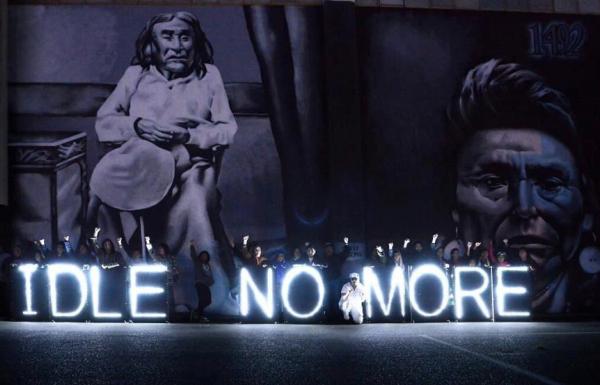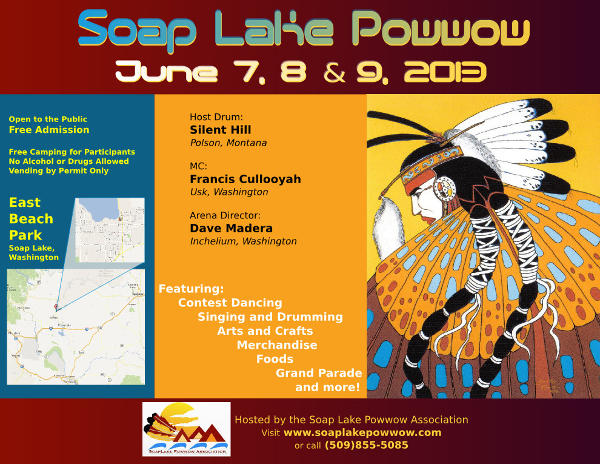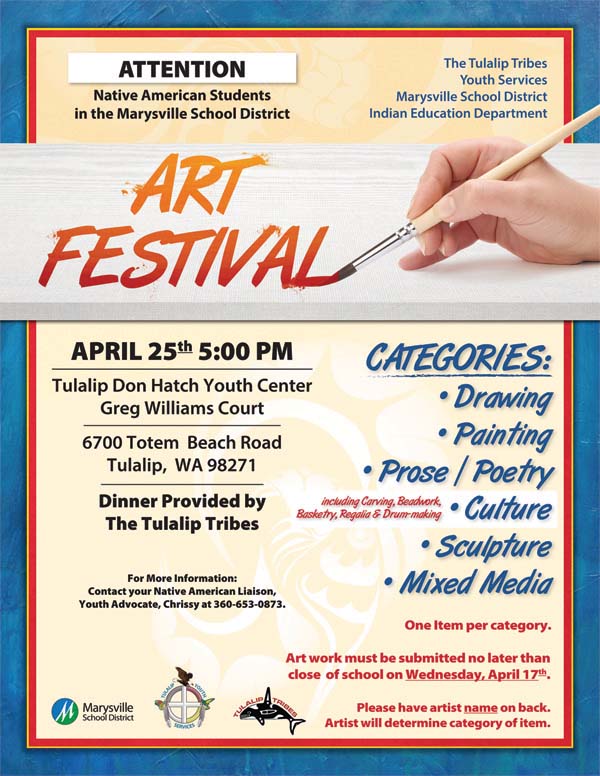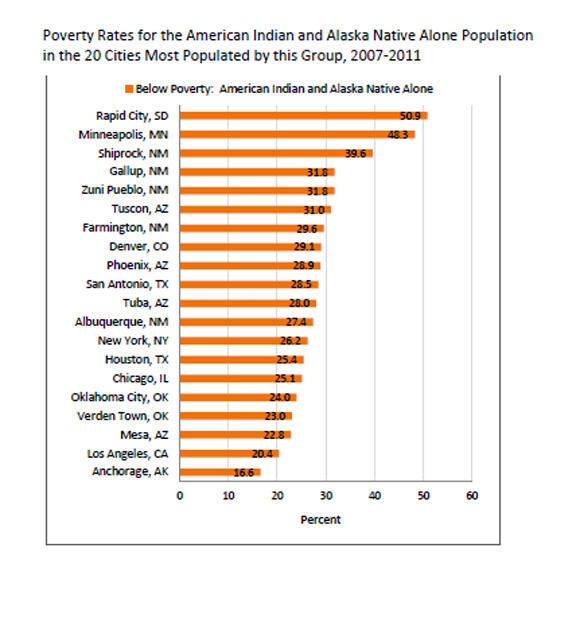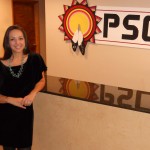By Ryan Saylor, thecitywire.com
A once dying language last modernized nearly 200 years ago has been given new life in the 21st century, with some hoping it pushes beyond 3,000 the number of people who are fluent in the Native American tongue.
The comeback of the Cherokee language, translated into written form in the early 1800s, has been fueled by the work of the Cherokee Nation, based in Tahlequah, Okla.
According to Roy Boney, a language technology specialist with the tribe, the push for a reemergence of the language was introduced by tribal leaders, who introduced the Cherokee Nation Immersion Charter School for students from 3-years-old to 7th grade.
“I was hired several years ago to develop materials for the school,” Boney said. “They started off in (pre-Kindergarten) and they got to the older grades and needed some technology.”
In searching for solution to the school’s technology problem, Boney and his colleagues in the tribe set out on a mission to find technology that could be blended with the Cherokee language.
“We started searching for a solution to that problem and we discovered the Apple included a Cherokee font and keyboard on their desktops since 2003,” he said.
That led the tribe to work with Apple for inclusion of the language on both the iPhone and iPad devices, Boney explained.
CHEROKEE ON WINDOWS
In continuing the tribe’s quest for more and better technology for immersion classrooms, a partnership was developed with Microsoft to translate the Windows operating system into Cherokee.
“We learned about localization — to translate their software into another language,” Boney said. “We started that project last year and Windows 8 came out in Cherokee.”
According to Carla Hurd, the Local Language Program’s senior program manager at Microsoft, Cherokee was the first Native American language to be included in the operating system.
“There are some indigenous languages, like Maori in New Zealand and Welsh, but the point of Cherokee is it’s the first Native American language we’ve ever done,” she said. “It’s very notable.”
Lois Leach was one of the native Cherokee translators to work on the project. She said the work was long and exhausting, lasting for nine months. Leach said she clocked around 2,000 hours on the project, which she worked on during evenings and weekends in addition to working her full-time job.
‘FOLDER’ ISSUES
Leach said she and other translators were initially unaware of how big of a project they were involved in.
“We really didn’t think it would be this widespread,” she said. “At first, it was just a project were working on. But when we finally did see when it was launched into the computer itself, it was really something. We could not see that far, really, I don’t think.”
One of the challenges faced by the many translators, both Cherokee staff and volunteers, was developing new words and phrases in Cherokee for simple objects on a computer.
“This was really (about) getting into the meanings of things and what we had to do to guide somebody through the computer. It was not that easy,” Leach said.
An example of an English word without a Cherokee equivalent was “folder.”
“Folder — it just said you are putting papers in a container,” she said.
IMMERSION TRAINING
Boney said when all was said and done, Leach and the team of translators provided Microsoft with nearly 180,000 terms and phrases that were included in Windows 8.
He said even though the operating system is being used in the immersion school and is available for free for Microsoft users, there is still amazement by individuals in and out of the tribe regarding Windows 8 in Cherokee.
“People are in awe to see our language in technology,” he said.
While the Windows 8 project was a long, grueling project, this is just the first of many projects to spread the usage of the Cherokee Nation’s native tongue beyond its 3,000 speakers.
The translation team is working on projects with Google, Facebook and Apple in order to expand the language beyond eastern Oklahoma and parts of North Caroline, Boney said.
TRIBAL HISTORY
He believes the tribe’s history is one of the reasons Cherokee is seeing a resurgence as a language.
“What’s been interesting about a lot of this work is historically, the Cherokees were unique in that we had one man (Sequoyah) develop the writing system. That developed a curiosity in the language. A lot of people have heard about it and fascinated by it. We have our own writing system and we have a unique writing system,” Boney said. “I think that’s part of the appeal, is getting that writing system into technology because it is unique.”
Hurd said she was unable to disclose whether Microsoft would be releasing any more Native American language versions of Windows due to company policies.
“We’re always looking to expand our language set, whether that’s Native American or not,” she added.
Leach said she was thrilled to be a part of the Windows 8 project and was looking forward to more translation projects in the future.
“To me, I guess that’s really a good thing because it’s needed in our culture because they were getting to where they were forgetting it,” she said.
Julie Hubbard, communications supervisor with the Cherokee Nation, said individuals across the Fort Smith and eastern Oklahoma region interested in learning Cherokee could attend a class from 5:30 to 7:30 p.m., in Evening Shade, Okla., on Monday evenings from now through May 6. Classes are free and open to the public.
Link here for more information on technology and the Cherokee language.





